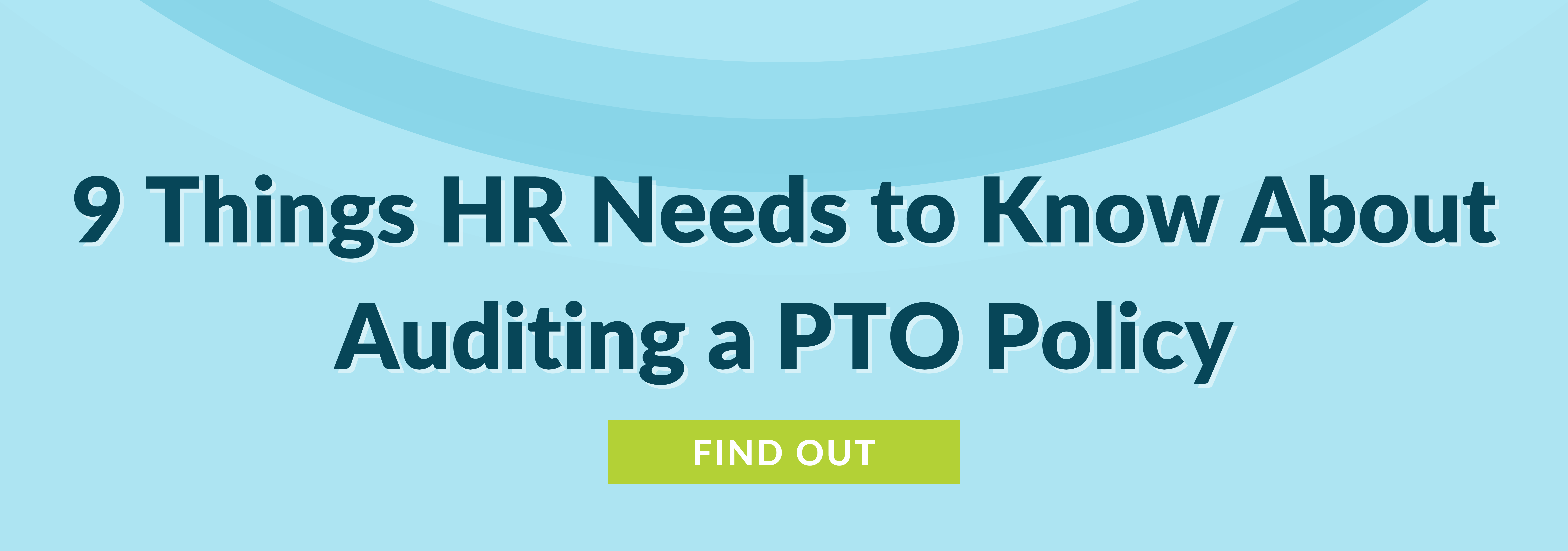
Written by
Lauren Brown
Lauren is an aPHR®-certified member of the Marketing team at Bernard Health. She writes about healthcare insights, employment law, and HR solutions.
How Can Employers Clarify Sick Leave Options for Employees?

With remote work and COVID-19 blurring the lines of how employees judge whether or not to use their sick days, it’s important for employers to stay on top of their sick leave policy and educate their employees on their options.
Refresher: What is Paid Sick Leave?
Paid sick leave is a type of employee leave where employees do not work during a specified time period as a result of sickness or other health-related issues, yet still receive their normal paycheck. Some companies combine their vacation days and sick days into one bucket, so employees can choose how to use their paid days off.
Paid sick leave is considered an employer-provided benefit and not federally mandated, meaning there are no federal legal requirements for employers to offer it to workers. However, some cities and states require that paid sick leave is offered as a benefit for qualified individuals.
Additionally, companies that are subject to the Family and Medical Leave Act (FMLA) are required to provide unpaid sick leave for up to 12 weeks, depending on the medical needs of the employee or their immediate family. Companies subject to this include private employers with at least 50 employees, public agencies (local, state, or Federal government agency, and public/private elementary or secondary schools.
How Has COVID-19 Impacted Sick Leave?
The Families First Coronavirus Relief Act (FFCRA) was passed in March 2020 and made major changes to paid leave requirements to help lessen the burden of the pandemic on employees. According to the Department of Labor, the leave provisions in the FFCRA apply to certain public employers and private employers with less than 500 employees.
This includes two weeks of paid sick leave (up to 80 hours) at their regular pay rate if the employee is unable to work due to COVID-19 symptoms and/or quarantine. It also requires covered employers to provide two weeks of paid sick leave at two-thirds regular rate of pay if the employee is unable to work due to a “bona fide need to care for an individual subject to quarantine.” This is especially important for employees who cannot work remotely but need to stay home due to illness.
How Can Employers Communicate Sick Leave?
With so many workforces still operating remotely, employees may be reevaluating what it really means to call in sick if they work from home. Sick leave policies help employees maintain personal health and work-life balance—especially during a year of unprecedented stress and uncertainty—which ultimately helps them stay productive at work.
To help your employees understand their sick leave options, consider the following:
- Does your company have a paid sick leave policy? If so, has it been updated since the beginning of the pandemic? If your company doesn’t have a paid sick leave policy, are your employees eligible for paid leave under FFCRA and are they aware of it?
- Do your employees know how to submit paid sick leave requests? If your company uses an HRIS or other method to manage paid sick leave requests, make sure your employees are well-versed on how to submit those requests. Additionally, make sure your employees can easily access the details of your paid sick leave policy.
- Are your managers communicating the policy effectively? Most employees won't go directly to HR for time off when sick. So, how does HR work with these managers to ensure that they're adhering to the policy correctly and following it appropriately?
- What’s your company’s attitude toward sick leave? Sick days can help employees recover and recharge physically and mentally, which helps productivity and morale once they return to work. If your workforce is working remotely, are they still encouraged to take sick days?
- How can your company better accommodate special cases? Some employees may fear taking sick leave due to loss of pay or lost project work. Others may not be able to easily take off work on short notice, especially if they’re not working remotely. Does your company’s sick leave policy accommodate for these sudden, unexpected changes? Has your company considered simplifying your PTO policy by combining all types of leave in a bank approach?

Written by
Lauren Brown
Lauren is an aPHR®-certified member of the Marketing team at Bernard Health. She writes about healthcare insights, employment law, and HR solutions.
Related Posts
We just wrapped up another phenomenal Weekdays with Bernie (WWB) Conference!
Employees are the heart and soul of an organization, and valuing their opinions can have...
HR parties of one already have an abundance of tasks to keep up with. From hiring to...
The talent search is no longer a skirmish or a battle. It’s a WAR! As a strategic HR...







Submit a Comment